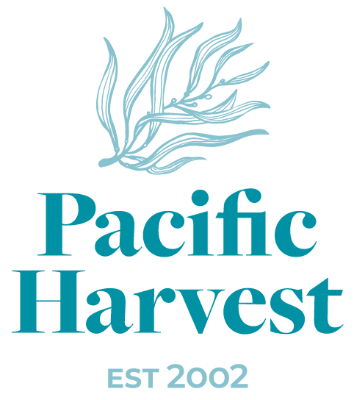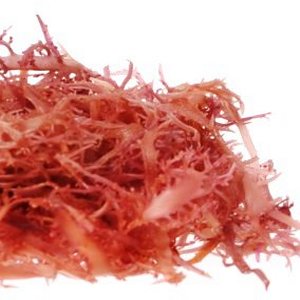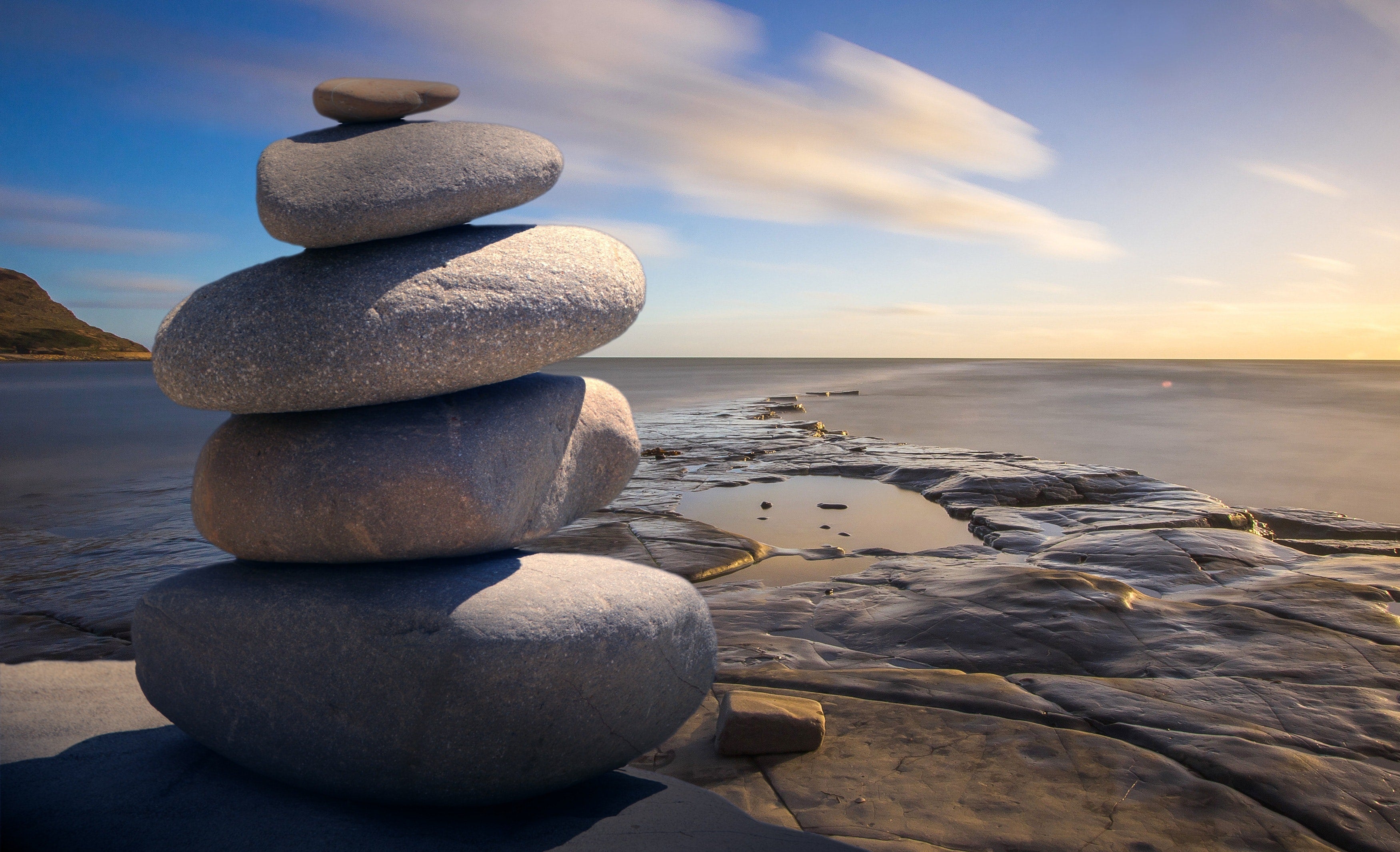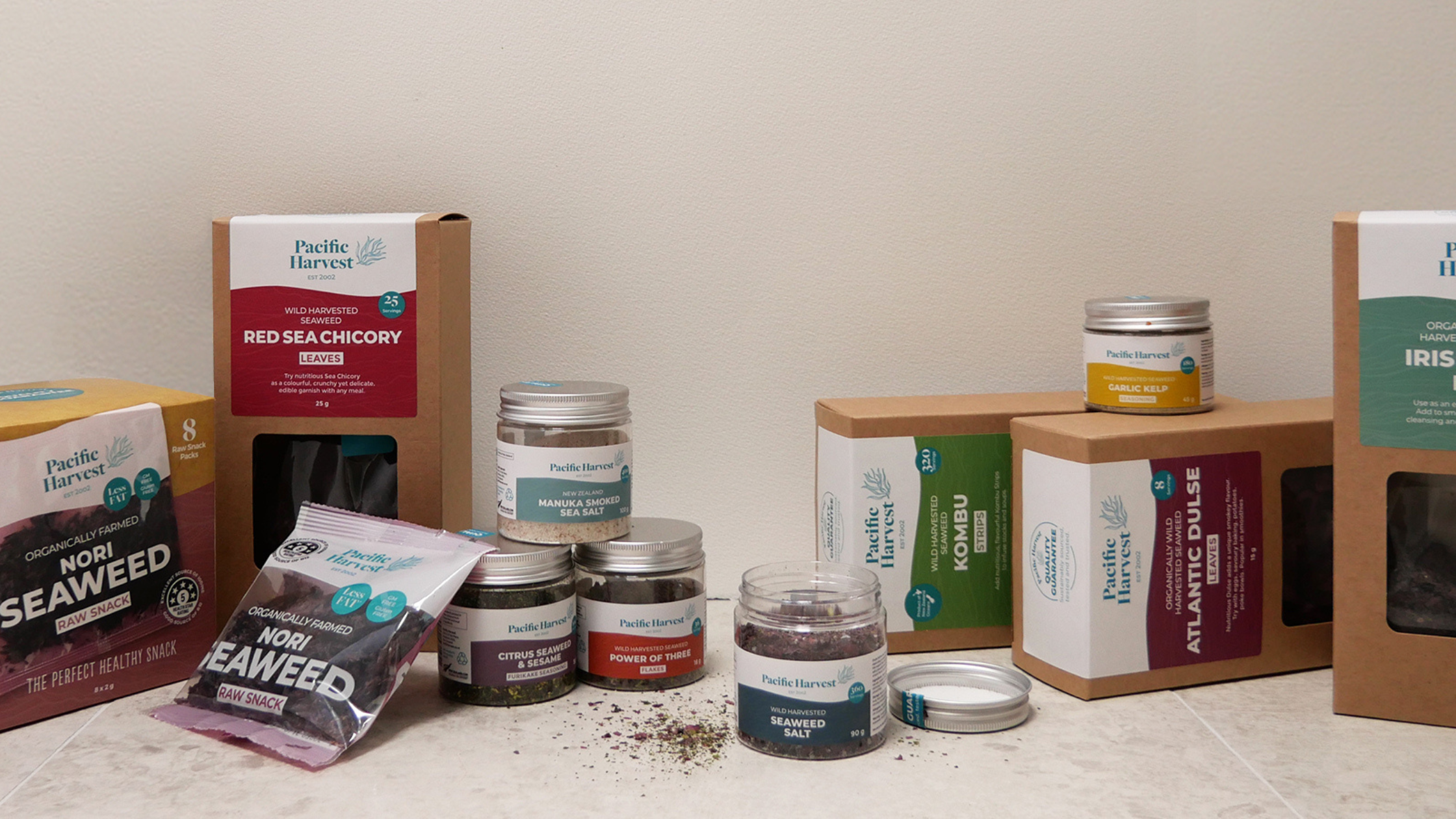Learn more about this delightful culinary seaweed, Sea Chicory is. Discover how to use it, and the health benefits it offers.
What is Sea Chicory?
Sea Chicory (Chondracanthus chamissoi) is a red algae or sea vegetable endemic to the Peruvian or Chilean coast. It is fondly referred to by Peruvians as 'Cocha Yuyos', Chileans as 'Chicorea de mar', and Japanese as 'Yanaginori'.
Dry Sea Chicory can resemble wire wool one would use to clean pots in the kitchen. Still, when moistened, it expands and unfolds into a stunning, delicate filigree-like sea vegetable which is popular with chefs as an edible garnish. It has a beautiful deep crimson colour. This is a wild-harvested seaweed, so there can be some variability in its shape and size, depending on where it has been harvested from and at which point in the season.

Recently, Sea Chicory has been harvested commercially as raw material for extracting its jellifying compounds used in food processing. There is controversy over the health effects of isolated carrageenan extracts. Still, the whole plant has been used for food & medicinal purposes for centuries by local communities around where it naturally grows in the ocean.
Pacific Harvest sources Sea Chicory from Peru, as it does not grow around New Zealand's shores. It is tested following the Australian New Zealand food code requirement for contaminants and lovingly hand packed in our food-grade facility in Auckland.
How to Use Sea Chicory
Sea Chicory will provide a feast for your eyes and palette! Sea Chicory not only looks visually exciting on a plate (so it makes a great garnish), but it has a naturally mild flavour and is very versatile. It will take on the flavour of whatever liquid it is soaked in, so one can experiment with citrus or ginger flavours, for example, and influence the end flavour.
Note that the green Sea Chicory is prone to sun bleaching, so if you prefer a lighter colour, you can leave it out in the sun to allow the colour to soften. However, if you want to maintain the rich red colour, keep it in its box and a dark place in your pantry until you need to use it.
Sea Chicory will hydrate quickly - in less than a minute. If you want to maintain the delicate shape, don't soak it too long, or it will thicken and become more gelatinous in texture.
Add it to soups or salads, pop into stocks for added nutrients or garnish any plate with a sprig of Sea Chicory.
Health Benefits of Sea Chicory
Sea Chicory offers an excellent natural iodine source and provides calcium, magnesium, sodium and potassium. It's considered a highly nutritious seaweed, low in fat, rich in vitamins and plant proteins. Scientists have discovered that red seaweeds like Sea Chicory contain a raft of beneficial polysaccharides called carrageenan, which may have unique medicinal properties. They are claimed to be antibacterial, antiviral, even anti-herpetic (able to kill the herpes viruses) and anti-coagulant.
Carrageenan (naturally present in red seaweeds) has traditionally been used for coughs, bronchitis, tuberculosis, and intestinal problems. Carrageenan is a common ingredient in weight loss products as it contains chemicals that may decrease stomach and intestinal secretions. Large amounts of carrageenan pull water into the intestine, which may explain why it is often also used as a laxative. Carrageenan also might decrease pain and swelling (inflammation).
In summary, Sea Chicory makes a versatile and beautiful edible garnish, whether you are a professional chef or appreciate the beauty! It has the added benefit of offering a raft of nutrients that will help to boost the mineral content of any food you serve Sea Chicory with! We hope you enjoy this stunning seaweed, and please do share your beautiful creations with us!




